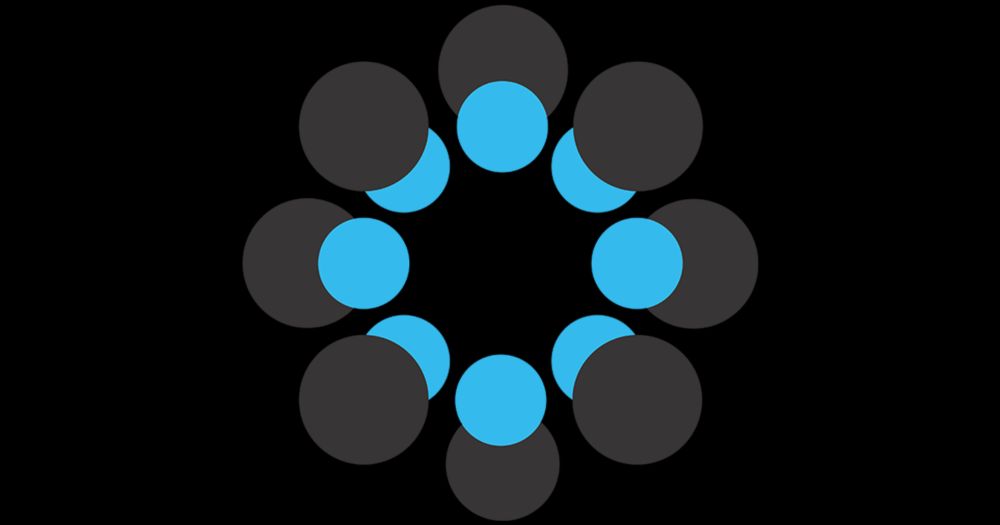
New preprint. Feedback welcome! Example yesterday, in the wild. Me: "If I do a nice thing for my friend, we both expect they will later do a nice thing for me, but if I do a nice thing for you, then we both expect that I will keep doing that nice thing for you. Why?" Reply: "Cuz you're my Mum!"
All our tools are publicly available and we documented them carefully: osf.io/ndkt6/. There will be some start-up effort to get up and running technically, but this effort will generalize across studies. We run most infant studies using some version of this workflow now.

Hosted on the Open Science Framework
All three studies replicated the finding that infants look longer at unexpectedly high jumps than expectedly low jumps. Our new workflow is so fast, that we easily collected 134 participants. In-lab and on Zoom we had 20 and 28 participants respectively

We tested this new workflow by running the same violation-of-expectation study three times using different workflows: 1) in-lab (previously published by Liu & Spelke, 2017), 2) Zoom and 3) "hands-off". We chose the classic action efficiency paradigm from Gergely & Csibra.

In our paper, we introduce a workflow for conducting fully "hands-off" looking time experiments. We replace recruiting with Lookit, train parents to control the flow of the experiment, and use iCatcher+ to automatically annotate the videos. We reduce time per participant by ~25x
Studying infant looking is a key way to study the development of perception & cognition. But it's so slow. A typical in-lab study takes about 2h of experiment time per participant for recruiting, testing and manually annotating gaze. That's 60 hours for a 30 participant study.
If you study infant looking, check this out: "An Asynchronous, Hands-Off Workflow for Looking Time Experiments With Infants" psycnet.apa.org/fulltext/202... First Author: Gal Raz. Co-Authors: Sabrina Piccolo, Janine Medrano, Shari Liu, Kirsten Lydic, Catherine Mei, Victoria Nguyen, and Shari Liu
I am absurdly fo d of this short and sweet preprint with surprisingly good news for both open science and meta science.
New preprint with @rebeccasaxe.bsky.socialosf.io/preprints/os...
How do people interpret punitive events (differently) and what do they learn from it? Excited to present our work (with @rebeccasaxe.bsky.social@spspnews.bsky.social

